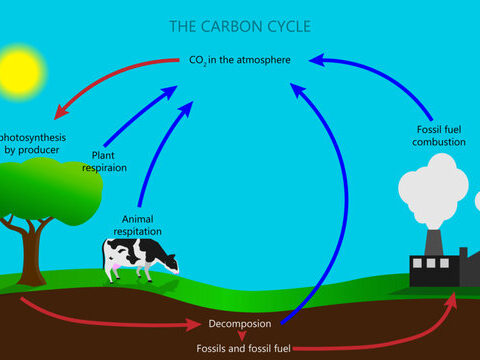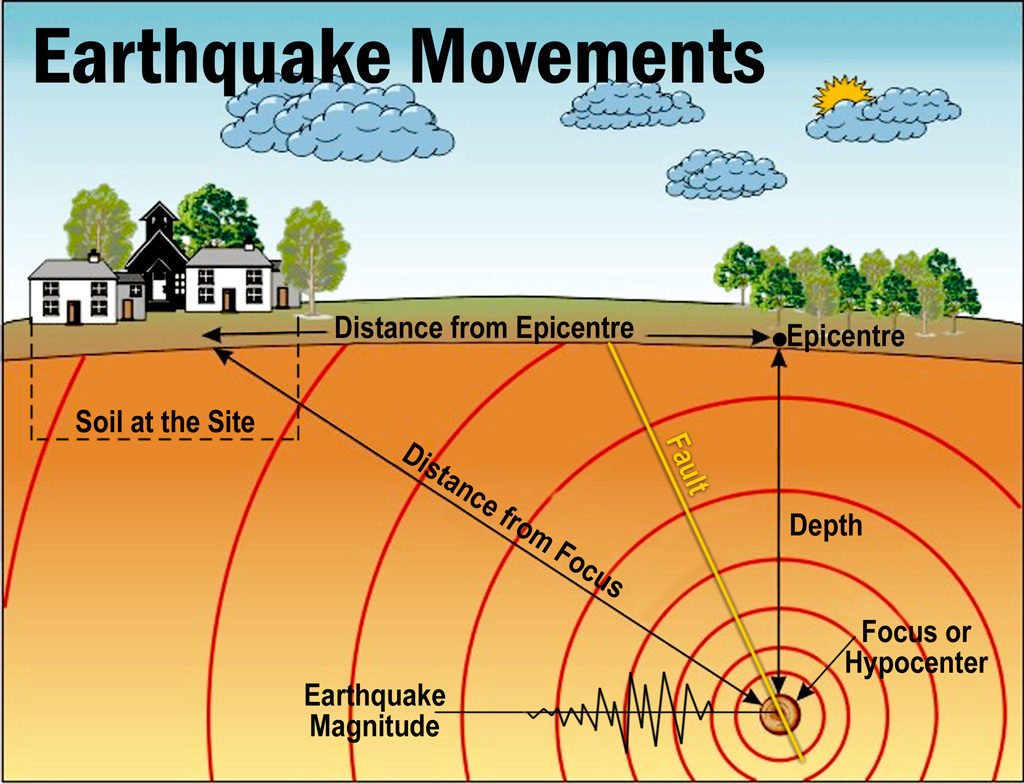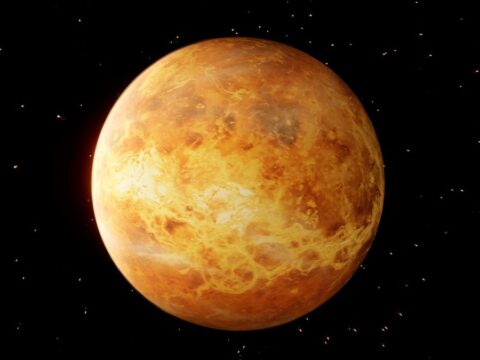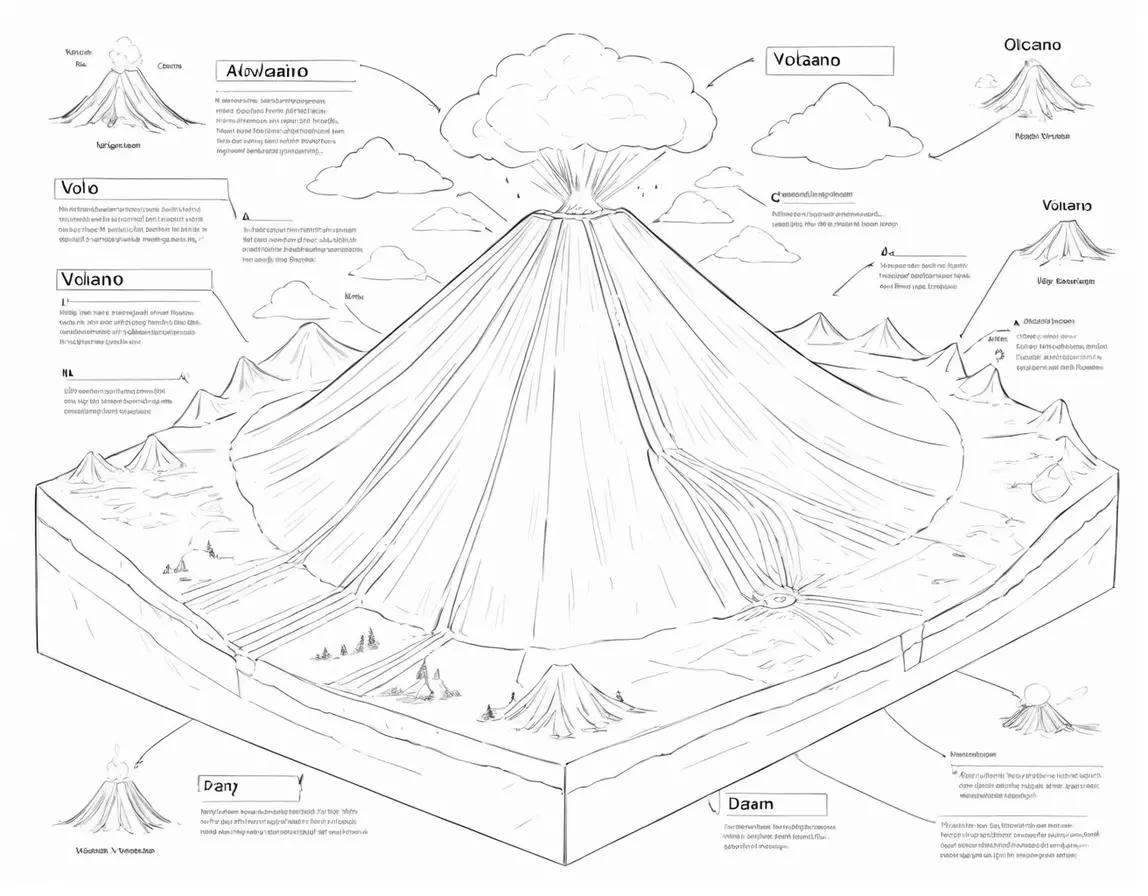
The study of matter lies at the heart of physical science, unlocking the secrets of the universe’s fundamental building blocks. This comprehensive exploration delves into the properties of matter, examining its various characteristics that define its behavior, structure, and interactions at both macroscopic and microscopic scales.
Definition and Classification of Matter:
Matter: Matter encompasses anything that occupies space and has mass. It is composed of particles – atoms and molecules – that undergo constant motion.
Classification of Matter: Matter is classified into three main states – solid, liquid, and gas. Solids have a fixed shape and volume, liquids have a definite volume but take the shape of their container, and gases have neither a fixed shape nor volume, expanding to fill the space available.
Physical and Chemical Properties:
Physical Properties: These are characteristics that can be observed or measured without altering the substance’s composition. Examples include color, density, melting point, boiling point, and conductivity.
Chemical Properties: These properties describe a substance’s ability to undergo chemical changes and form new substances. Reactivity, combustibility, and acidity are examples of chemical properties.
Extensive and Intensive Properties:
Extensive Properties: These properties depend on the amount of substance present. Examples include mass, volume, and energy.
Intensive Properties: These properties are independent of the amount of substance and provide insights into the substance’s nature. Density, temperature, and color are intensive properties.
States of Matter:
Solid State: Solids have a fixed shape and volume due to strong intermolecular forces that lock particles in a rigid structure. The arrangement of particles in a crystal lattice contributes to the characteristic properties of solids.
Liquid State: Liquids have a definite volume but take the shape of their container. Particles in liquids have more freedom of movement than in solids, allowing them to flow and take the shape of their container.
Gaseous State: Gases have neither a fixed shape nor volume. Particles in gases move freely, colliding with each other and the container walls. Gases are highly compressible due to the large spaces between particles.
Changes in States of Matter:
Melting and Freezing: The transition between solid and liquid states is characterized by melting (solid to liquid) and freezing (liquid to solid). The temperature at which these changes occur is the substance’s melting point.
Evaporation and Condensation: The transition between liquid and gas states involves evaporation (liquid to gas) and condensation (gas to liquid). The temperature at which these changes occur is the substance’s boiling point.
Density and Specific Gravity:
DENSITY: Density is the mass per unit volume of a substance. It is calculated by dividing the mass of an object by its volume. Density provides insights into the compactness of matter.
SPECIFIC GRAVITY: Specific gravity is the ratio of the density of a substance to the density of a reference substance (usually water). It is a dimensionless quantity and provides a measure of buoyancy.
Thermal Properties:
Heat Capacity: Heat capacity is the amount of heat energy required to raise the temperature of a substance by one degree Celsius. It depends on both mass and specific heat capacity.
Specific Heat Capacity: Specific heat capacity is the amount of heat energy required to raise the temperature of one unit mass of a substance by one degree Celsius. It is an intensive property.
Electrical Conductivity:
Conductivity: Electrical conductivity is the ability of a substance to conduct an electric current. Metals are good conductors due to the mobility of their electrons, while nonmetals are typically poor conductors.
Magnetism:
Magnetic Properties: Some materials exhibit magnetic properties. Ferromagnetic materials, like iron, can be magnetized, while diamagnetic materials, like copper, are weakly repelled by magnets.
Chemical Composition:
Elements and Compounds: Elements are substances that cannot be broken down into simpler substances by chemical reactions. Compounds are composed of two or more elements chemically combined in fixed ratios.
Mixtures: Mixtures are combinations of substances that can be separated by physical means. Homogeneous mixtures have uniform composition, while heterogeneous mixtures have varying compositions.
Optical Properties:
Color and Transparency: Color is a result of selective absorption and reflection of light. Transparency refers to the ability of a substance to transmit light.
Refraction and Dispersion: Refraction is the bending of light as it passes through a substance. Dispersion involves the separation of light into its component colors.
In conclusion, the properties of matter are diverse and encompass a broad range of characteristics that define how substances behave, interact, and exist in various states. From the macroscopic observations of states of matter to the microscopic insights into chemical composition, the study of matter transcends disciplinary boundaries.
A profound understanding of these properties not only underpins scientific research but also informs technological advancements, industrial processes, and our comprehension of the natural world. As we continue to delve deeper into the mysteries of matter, we unlock new realms of possibility, innovation, and scientific exploration.

















